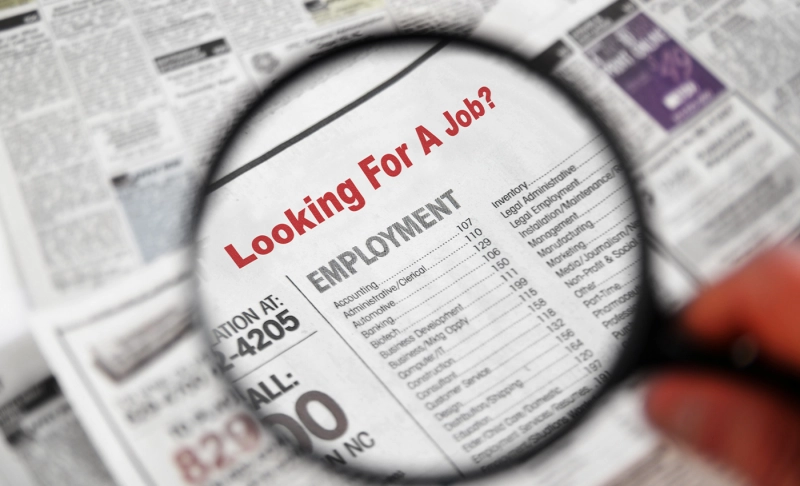September 15 2020
Partly_True: The United States lost one in four manufacturing jobs after China's entry into the WTO

The Verdict Partly_True
Job losses in the manufacturing sector in the US sharply increased after China entered the WTO but there have also been other factors at play.
Job losses in the manufacturing sector in the US sharply increased after China entered the WTO but there have also been other factors at play.On multiple occasions, President Donald Trump has claimed that China's entry into the World Trade Organization triggered a spate of job losses in the United States' manufacturing sector. The claims have been intertwined with his attacks on Democratic Presidential nominee Joe Biden for having backed former President George W. Bush in granting a Permanent Normal Trade Relations status to China in 2001, following which China also became a member of the World Trade Organization (WTO). A report titled 'The China Toll Deepens' published by the Economic Policy Institutes (EPI) found out that growth in the bilateral trade deficit between 2001 and 2017 cost 3.4 million U.S. jobs with losses in every state and congressional district. Nearly three-fourths (74.4 percent) of the jobs lost between 2001 and 2017 were in manufacturing (2.5 million manufacturing jobs lost), it stated. An updated version of the report published on January 13, 2020, pegs the number of U.S. manufacturing jobs lost between 2001 and 2018 due to trade deficits with China at 2.8 million. The EPI study explains how China's admission into WTO wielded a heavy blow to the manufacturing sectors in the U.S. It states that China was inducted into the WTO with the hope of bringing it into compliance with an enforceable, rules-based regime that would require China to open its markets to imports from the United States and other nations by reducing Chinese tariffs and addressing non-tariff barriers to trade. 'Promoters of liberalized U.S.–China trade argued that the United States would benefit because of increased exports to a large and growing consumer market in China. The United States also negotiated a series of special safeguard measures designed to limit the disruptive effects of surging imports from China on domestic producers. However, China's trade-distorting practices, aided by China's currency manipulation and misalignment and its suppression of wages and labor rights, resulted in a flood of dumped and subsidized imports that greatly exceeded the growth of U.S. exports to China' it stated. This led to a supply of goods far exceeding Chinese consumer demand, and China dealt with the oversupply by dumping the exports elsewhere, primarily in the U.S. The growing imports reduced the demand for manufacturing goods in the U.S., which culminated in the elimination of existing jobs and a limit on the creation of new jobs. However, the loss in manufacturing jobs since 2001 cannot solely be attributed to the rise of China, economists say. Another study conducted by EPI in 2015 highlighted how currency manipulation catalyzed U.S. trade deficits, which affect the manufacturing sector. It stated, 'The leading cause of growing U.S. trade deficits is currency manipulation, which distorts trade flows by artificially lowering the cost of U.S. imports and raising the cost of U.S. exports. More than 20 countries, led by China, have been spending about $1 trillion per year buying foreign assets to suppress their currencies' value artificially. Ending currency manipulation can create between 2.3 million and 5.8 million jobs for working Americans, and about 40 percent of those jobs (between 891,500 and 2.3 million) would be in manufacturing.' Besides the above factors, manufacturing job losses have also been linked to the Trans-Pacific Partnership and rising automation in the manufacturing sector. A study conducted by PricewaterhouseCoopers revealed that automation is one of the industries that face the highest risk of automation. While economists concur that both these factors have contributed to leaner workforces in the manufacturing sector there is little research that indicates a definitive estimate of the number of job losses triggered exclusively by each of these causes. Hence we mark this claim partly true.


